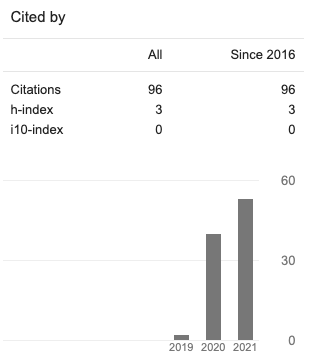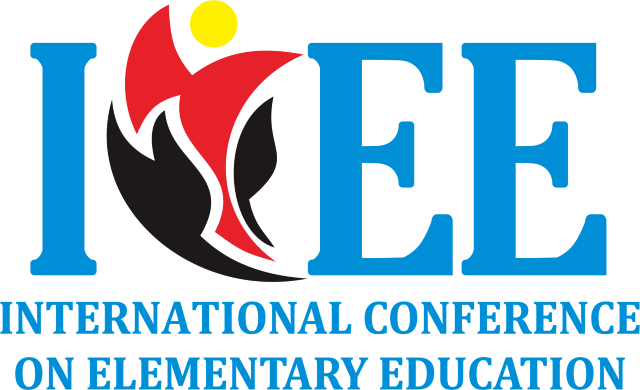Improvement of Creative Thinking at Elementary School Students Based on Problem Based Learning about Plane Area
Abstract
This study aims to identify the creative thinking skills of elementary school students associated with the broad material of combining flat structures using problem-based learning. The method used in this study is a quasi-experiment with one group pretest-posttest design. The subjects of the study were fourth-grade elementary school students, amounting 25 people, 14 boys and 11 girls. Methods of data collection using test tools in the form of descriptions, questionnaires and observations. Data analysis methods used a Mann-Whitney with a Mann-Whitney creativity score before testing and the average creativity score after the test using SPSS version 24. The results showed that training based on problems can significantly improve students' creative thinking skills. Improving students' creative thinking skills shows that the indicator of detail in thinking has the greatest increase compared with smooth, original, and flexible thinking. It can be concluded that a problem-based learning model can improve students' creative thinking skills















